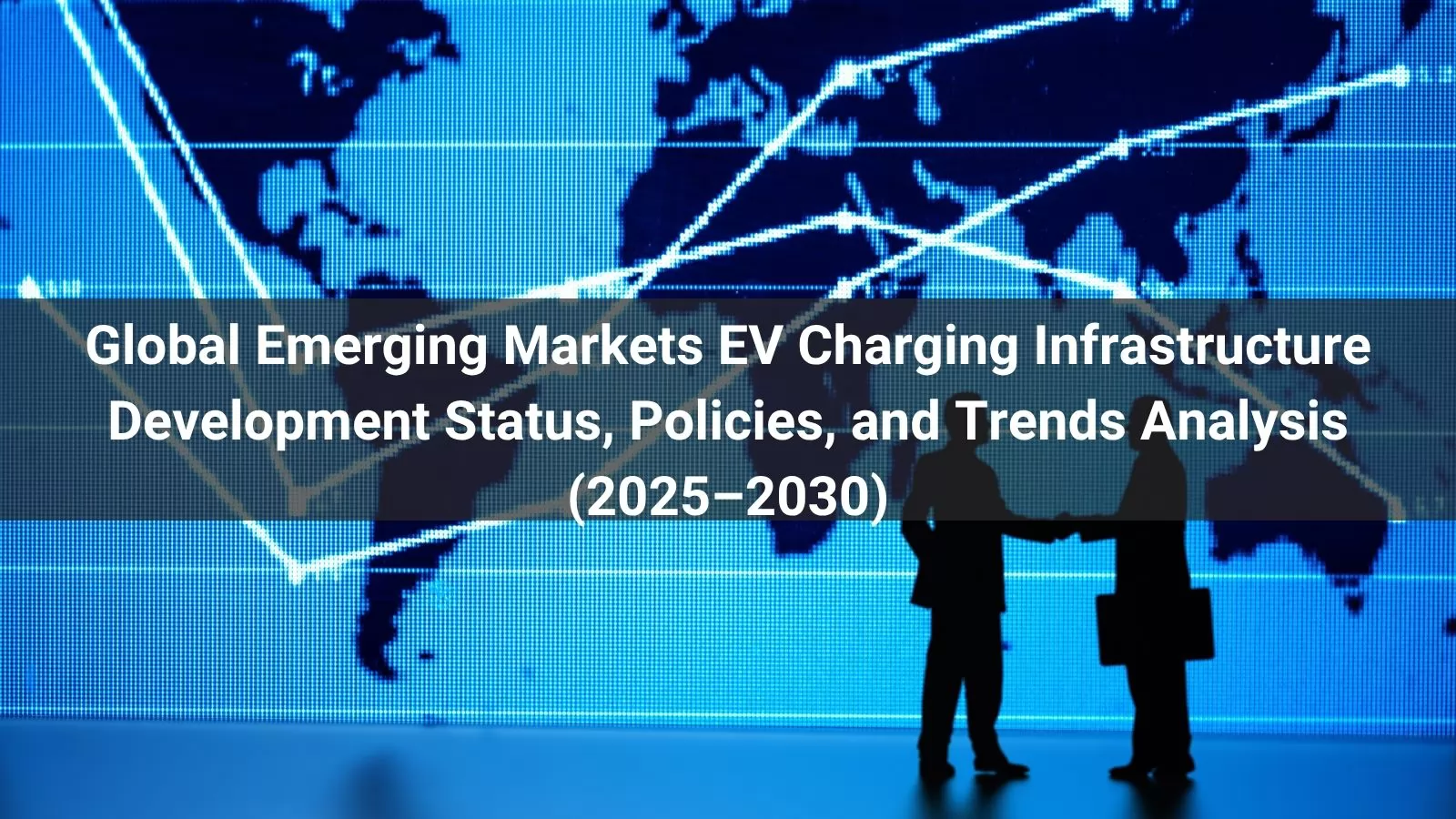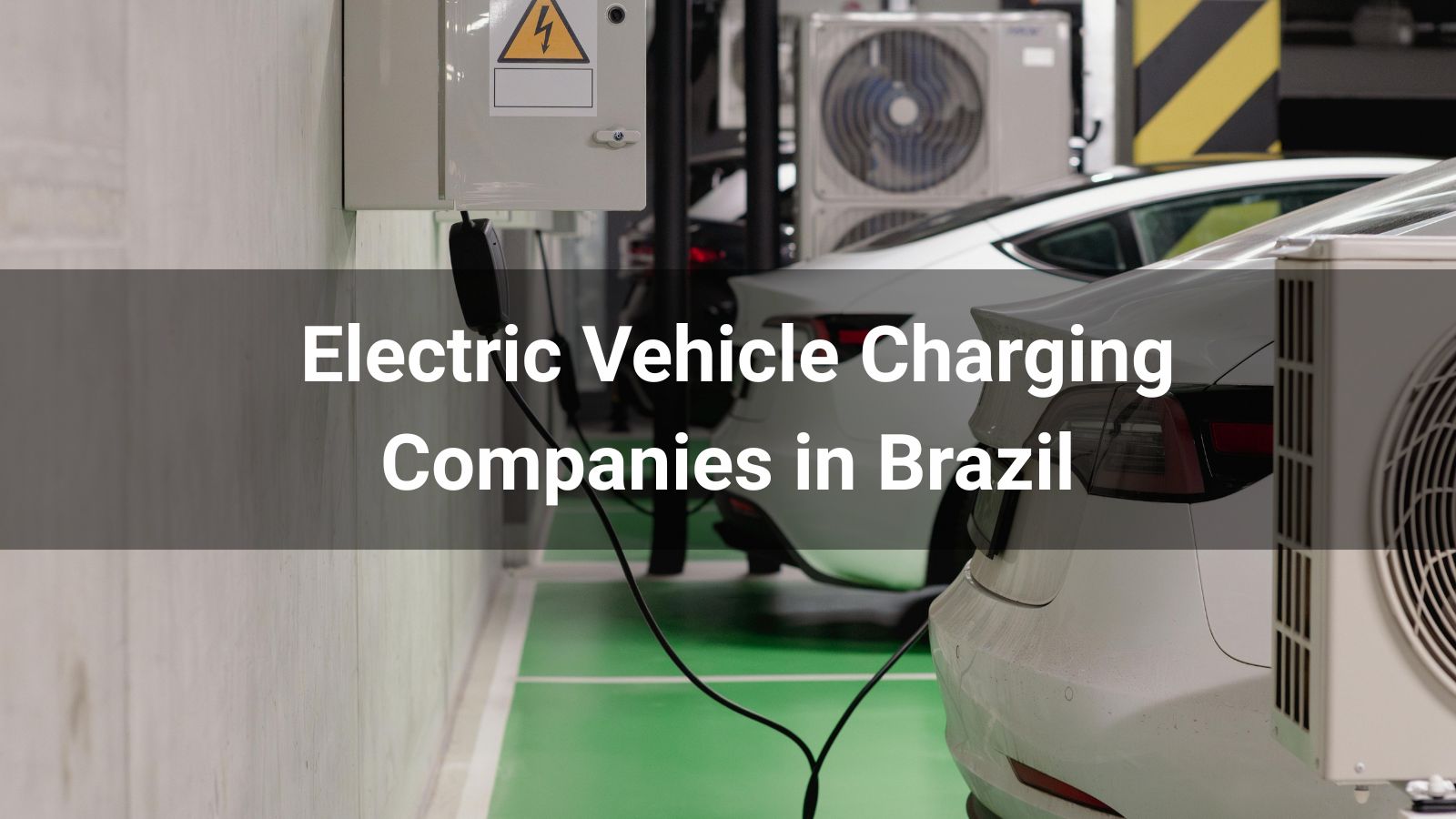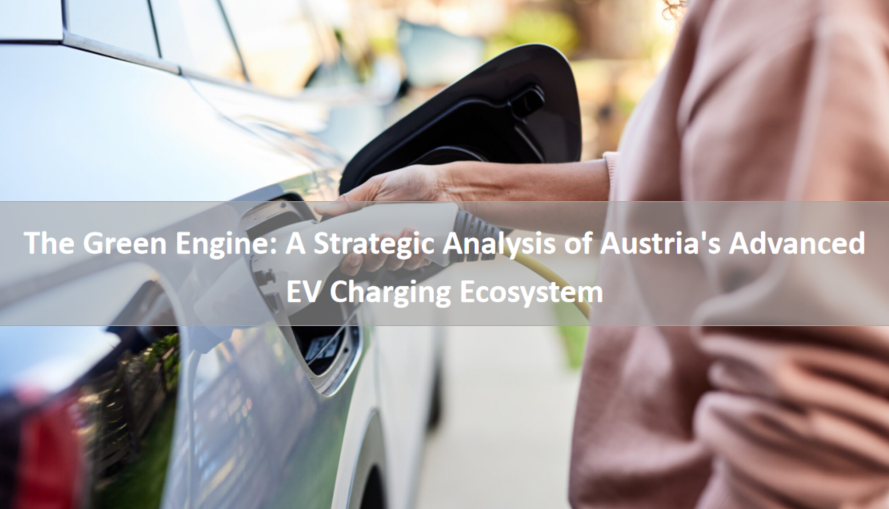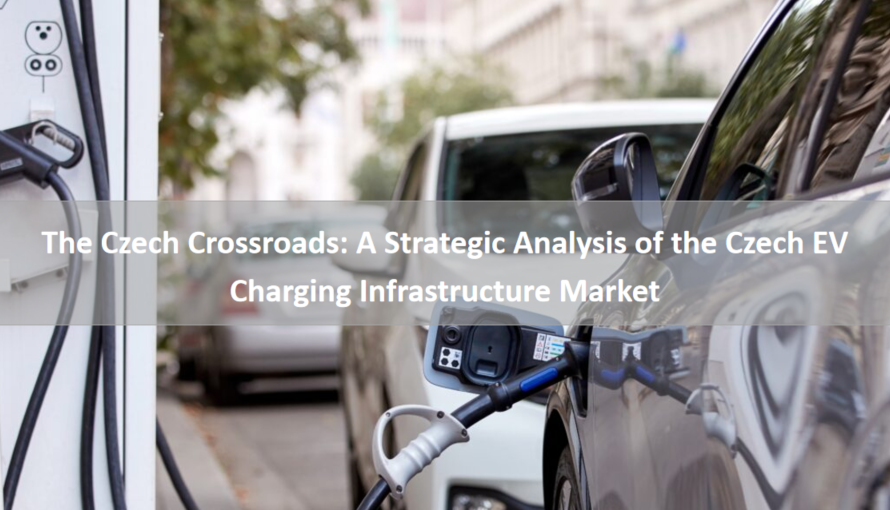
The global transition to electric vehicles (EVs) is accelerating, with emerging markets playing a pivotal role in shaping the future of sustainable mobility. From South Africa’s solar-integrated charging solutions to Thailand’s ambitious EV production targets, these regions are leveraging innovative policies, localized technologies, and strategic partnerships to scale EV adoption. This analysis examines the current status, policies, and trends in EV charging infrastructure development across South Africa, India, Egypt, Brazil, Mexico, South Korea, and Southeast Asia (with a focus on Thailand) from 2025 to 2030. By addressing unique market dynamics, opportunities, and challenges, this report provides actionable insights for stakeholders aiming to capitalize on the EV boom in these high-growth regions.
1. South Africa
Current Status & Policies
-
Market Scale: South Africa’s EV fleet is projected to reach 10,000 units by 2025, growing at an 87% CAGR, with ~2,000 public chargers concentrated in Gauteng and Western Cape. The government aims to ban ICE vehicle sales by 2035, offering purchase subsidies (up to 15%), charging infrastructure grants (30% equipment subsidies), and tax incentives.
-
Key Challenges: Grid instability (frequent load-shedding), rural charging deserts, and consumer concerns over EV reliability.
-
Industry Dynamics: Local assembly growth (BMW, BYD CKD plants), rising interest in solar-storage-charging integration, and accelerating commercial EV adoption (e.g., electric minibuses).
2025–2030 Trends & Opportunities
-
Growth Drivers: Localized EV production could reduce prices by 20–30% post-2026; battery leasing models and solar-storage hybrids (30% of public chargers to include storage by 2027).
-
Risks: Delayed grid upgrades may necessitate off-grid solutions.
2. India
Current Status & Policies
-
Market Scale: EV penetration to exceed 10% by 2025, dominated by two/three-wheelers (70% share). The FAME II subsidy reduces GST to 5%, while the PLI scheme supports battery localization. Rural solar charging stations and EV priority lanes are policy highlights.
-
Key Innovations: Swap stations (e.g., Sun Mobility) and a “3+1” rural charging model (60,000 villages to install solar stations).
2025–2030 Trends & Opportunities
-
Growth Drivers: Sodium-ion battery adoption, vehicle-to-grid (V2G) integration, and rural EV demand (e.g., electric farm vehicles).
-
Challenges: Fragmented state-level policies and underdeveloped battery recycling.
3. Egypt
Current Status & Policies
-
Market Scale: Low EV penetration but steady growth, with charging networks concentrated in Cairo and Alexandria. The 2030 Vision integrates green transport strategies, offering tax breaks and charging infrastructure grants.
-
Key Players: BYD (35% market share) and Tesla (20%) dominate EV sales; ABB and Schneider lead charging infrastructure.
2025–2030 Trends & Opportunities
-
Growth Drivers: Logistics electrification, international joint ventures (e.g., EEVC), and smart grid integration.
-
Risks: Insufficient highway charging infrastructure limits long-distance EV adoption.
4. Brazil
Current Status & Policies
-
Market Scale: 5,000 EVs sold in 2025, with ~3,000 chargers (80% in São Paulo). Import tax exemptions and the Sustainable Mobility Act target 50,000 annual EV production by 2028.
-
Industry Dynamics: Chinese automakers (BYD, CAOA Chery) dominate; ABB and Efacec lead charging infrastructure.
2025–2030 Trends & Opportunities
-
Growth Drivers: Electric buses, waste trucks, and rural microgrid-charging pilots.
-
Challenges: Grid curtailments in the Northeast risk investor confidence; new transmission lines face delays.
5. Mexico
Current Status & Policies
-
Market Scale: EVs to account for 19% of auto sales by 2025, with 30,000 charging ports. The Mexican EV Association targets 50% EV share by 2030, supported by tax incentives and public transport electrification.
-
Key Players: Tesla and BYD are expanding local production; Evergo plans 5,000 new chargers by 2028.
2025–2030 Trends & Opportunities
-
Growth Drivers: Export-oriented manufacturing (e.g., Tesla’s Nuevo León plant) and battery-as-a-service models.
-
Risks: Grid resilience requires distributed energy integration (e.g., solar).
6. South Korea
Current Status & Policies
-
Market Scale: 600,000 EV sales in 2025, with 250,000 public chargers. The government mandates 5% EV-ready parking spaces in new buildings and targets 9.5 million EVs by 2030.
-
Tech Leadership: Hyundai/Kia (65% market share), ultra-fast charging (5-minute 200km), and hydrogen fuel cells (e.g., NEXO).
2025–2030 Trends & Opportunities
-
Growth Drivers: Second-hand EV markets, V2G optimization, and hydrogen infrastructure expansion.
-
Challenges: Foreign competition (Tesla, VW) and nuclear waste management controversies.
7. Southeast Asia (Thailand Focus)
Current Status & Policies
-
Market Scale: Thailand targets 30% EV production share by 2030. Under EV3.5 (2025–2027), import tax waivers apply if automakers match imports with local output.
-
Policy Support: Tariff advantages for EVs (e.g., 0% VAT for BEVs in Thailand vs. 80% for ICE vehicles).
2025–2030 Trends & Opportunities
-
Growth Drivers: Low-cost EVs (e.g., motorcycles), Chinese ecosystem exports (e.g., BYD, Great Wall), and regional export hubs.
-
Risks: Fragmented standards raise compliance costs.
Summary: Opportunity-Challenge Matrix
|
Market |
Opportunities |
Challenges |
|
South Africa |
Localized production, solar-storage hybrids, commercial EV adoption |
Grid instability, rural charging deserts, delayed grid upgrades |
|
India |
Sodium-ion batteries, V2G integration, rural EV demand |
Fragmented policies, underdeveloped battery recycling |
|
Egypt |
Logistics electrification, international JVs, smart grid integration |
Insufficient highway charging infrastructure |
|
Brazil |
Electric buses, waste trucks, rural microgrid-charging pilots |
Grid curtailments, transmission line delays |
|
Mexico |
Export-oriented manufacturing, battery-as-a-service models |
Grid resilience, need for distributed energy integration |
|
South Korea |
Second-hand EV markets, V2G optimization, hydrogen infrastructure expansion |
Foreign competition, nuclear waste management controversies |
|
Southeast Asia |
Low-cost EVs, Chinese ecosystem exports, regional export hubs |
Fragmented standards, compliance costs |
Strategic Recommendations
-
Technology Localization:
-
Prioritize solar-storage solutions in grid-weak markets (South Africa, Mexico).
-
Focus on swap stations and low-cost AC chargers in India and Southeast Asia.
-
Policy Synergy:
-
Leverage subsidies in India (FAME II) and Egypt (2030 Vision).
-
Align with South Korea’s building mandates and Brazil’s Sustainable Mobility Act.
-
Ecosystem Partnerships:
-
Co-brand with automakers (e.g., BYD, Hyundai) for “vehicle + charger + service” bundles.
-
Establish regional hubs in Thailand and Mexico.
Supporting Evidence & Citations
-
South Africa’s EV infrastructure market is projected to grow at a 21% CAGR (2025–2029), reaching $1.01 billion by 2029.
-
India’s ethanol blending program (20% target by 2025) and $97 billion renewable investments align with EV growth.
-
Brazil’s grid curtailments caused $128 million losses in 2023, highlighting infrastructure risks.
-
Thailand’s EV3.5 policy reduces tariffs for manufacturers committing to local production.
Conclusion
The EV charging infrastructure landscape in emerging markets is poised for transformative growth through 2030, driven by robust policy frameworks, technological innovation, and increasing consumer demand. While South Africa and Mexico tackle grid challenges with solar-storage solutions, India and Southeast Asia capitalize on low-cost EVs and swap stations to democratize access. Brazil and Egypt focus on urban and logistics electrification, while South Korea leads in advanced charging and hydrogen integration. Despite risks such as grid instability and fragmented regulations, strategic localization, policy synergy, and ecosystem partnerships offer a clear path forward. By aligning with these trends, stakeholders can unlock significant opportunities in the global EV revolution.








